Have you heard of Polycystic Ovary Syndrome (PCOS)? You may know somebody who has it, you may have it and not 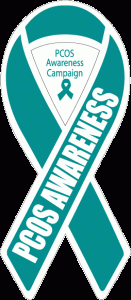 know it…whatever your circumstance, it pays to know a bit more about it for you and ladies you care about. I previously wrote an article about PCOS. I now want to add to that, by sharing my client’s story who actually has it. The incidence of PCOS is on the rise, it’s important to know it’s not all doom and gloom should you be diagnosed with it. Mel is an inspiration who is determined to get her health on track and doing a fantastic job. She is the mentor and motivator of several of her friends who have also been diagnosed with it.
know it…whatever your circumstance, it pays to know a bit more about it for you and ladies you care about. I previously wrote an article about PCOS. I now want to add to that, by sharing my client’s story who actually has it. The incidence of PCOS is on the rise, it’s important to know it’s not all doom and gloom should you be diagnosed with it. Mel is an inspiration who is determined to get her health on track and doing a fantastic job. She is the mentor and motivator of several of her friends who have also been diagnosed with it.
Thank you Mel for sharing your story 🙂
1. How did you know you had PCOS?
The first sign for me was uncontrollable weight gain, accompanied with darker rapid growing hair, especially on my face. This was followed by my period becoming irregular then it stopped completely. I was constantly bloated and very emotional. I would cry and break down over things that never fazed me much before. Another sign was I got pimples more regularly than I did before.
2. How has it changed your life?
It caused a lot of insecurity in me and my confidence died. I felt like I lost control of me and that I lost who I once was. Once I became more informed and got help with dealing with PCOS, it helped me to realise that I can take control of it by altering my life style and eating habits.
In a way, it’s helped me understand responsibility in myself and open my eyes to control as an aspect not just with my health but my personal life as well.
3. What is the most important thing people should know about PCOS?
It’s not a death sentence. PCOS made me feel inadequate as a woman. It made me feel damaged or broken and I started believing that this was it for me and I wouldn’t be able to lose the weight or have kids. Other women I spoke to who have PCOS have often felt the same.
It’s also important to understand that it is a slow process to recovery and if you give up then your letting it take over you.
4. What roles do exercise and nutrition play in managing PCOS?
Exercise and nutrition are the 2 major keys in managing PCOS. You need both the mange it. Exercise will not make a difference without proper nutrition and the vice versa. Together make a powerful tool in losing the weight. Once the weight starts to go the rest follows. The bloating goes, the hair decreases, periods come back, all of which help bring back confidence which enhances the motivation to continue the journey.
5. If your friend was diagnosed what advice would you give her for managing PCOS?
To not feel defeated and seek proper help. I was fortunate to already have a very supportive personal trainer who helps me exercise properly, aided in research of PCOS and point me towards a good naturopath who is helping me in maintaining my health with clean eating and understanding the benefits of the right foods to eat with PCOS.
My personal belief of the natural approach is what’s helped me battle my PCOS without feeling like I’m suffering thought it like I did when I was put on diabetic medication by a gynaecologist. Research what PCOS is to develop an understanding of what it is and how it affects our bodies which enables us to be able to take control over it. Knowledge of PCOS is the first step to success.
Also your not alone. 1 in 10 woman have PCOS, it may not be curable but leading a normal life even though you have PCOS is highly possible.
1 in 10…. Thanks for reading, I hope this has been helpful and informative 🙂 How about we raise the awareness by sharing this article with others? 😉
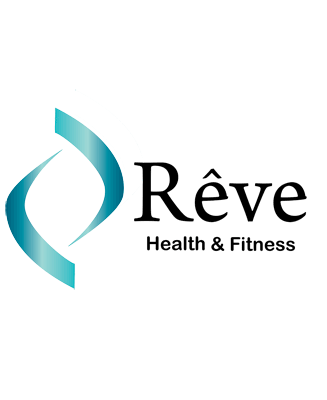
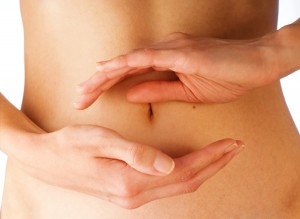
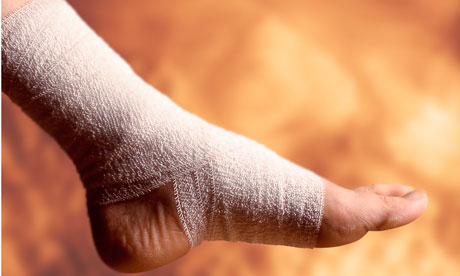
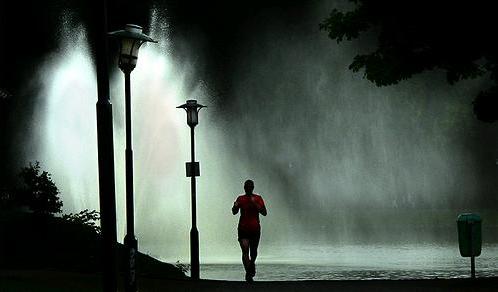 rather stay in bed. Or if you’d rather go straight home from work and change into your warm pyjamas. The hurdle is getting yourself to the gym. Once you’re there it’s quite easy to get into the spirit of exercise plus you’re protected from the outside elements. Try making a deal with yourself. If you get yourself to the gym even though the weather is crappy, you will stay for less than half an hour then be on your way, it may even be a short circuit and as soon as you’ve completed it you’re done. I guarantee you will feel better for it.
rather stay in bed. Or if you’d rather go straight home from work and change into your warm pyjamas. The hurdle is getting yourself to the gym. Once you’re there it’s quite easy to get into the spirit of exercise plus you’re protected from the outside elements. Try making a deal with yourself. If you get yourself to the gym even though the weather is crappy, you will stay for less than half an hour then be on your way, it may even be a short circuit and as soon as you’ve completed it you’re done. I guarantee you will feel better for it.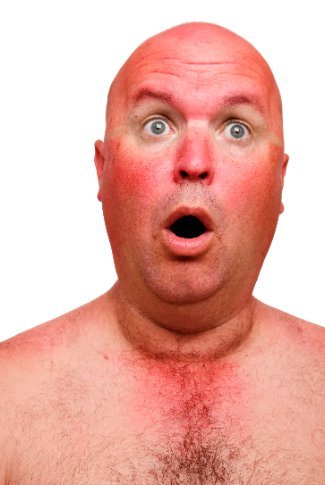
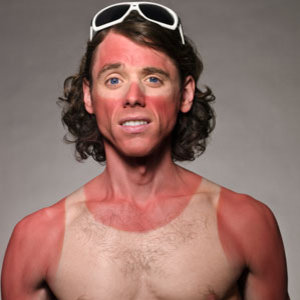
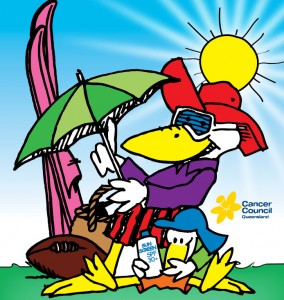

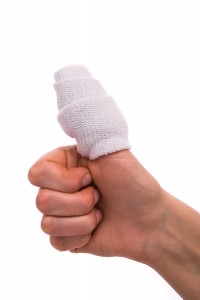 to introducing new exercises to your workout or raising the intensity of your workout. The good news is that it’s normal, it doesn’t mean you’re super unfit or should avoid exercise (the opposite is true really). The fittest of the fit can always be challenged in a new way and pushed, experiencing a degree of DOMS.The most severe cases of DOMS though seem to occur with those new to training, so always make sure you seek advice prior to starting weight/strength training for the first time. There is no shame in asking for help, think of good technique during exercise like ‘pre-hab’. And absolutely do not jump in the deep end and use too much load if you’re not used to it.
to introducing new exercises to your workout or raising the intensity of your workout. The good news is that it’s normal, it doesn’t mean you’re super unfit or should avoid exercise (the opposite is true really). The fittest of the fit can always be challenged in a new way and pushed, experiencing a degree of DOMS.The most severe cases of DOMS though seem to occur with those new to training, so always make sure you seek advice prior to starting weight/strength training for the first time. There is no shame in asking for help, think of good technique during exercise like ‘pre-hab’. And absolutely do not jump in the deep end and use too much load if you’re not used to it.